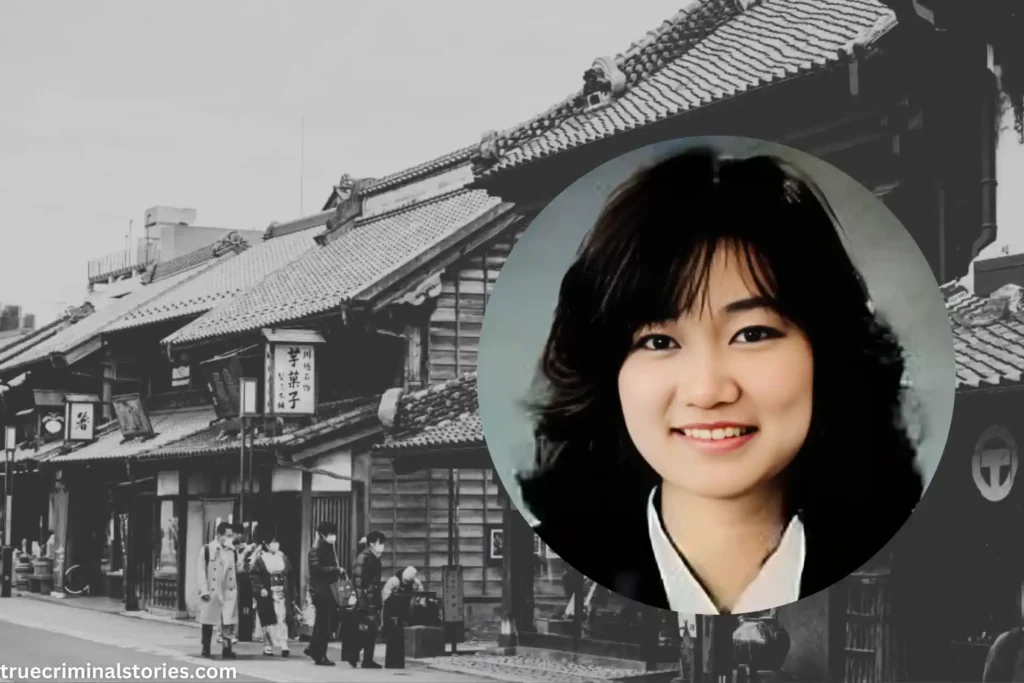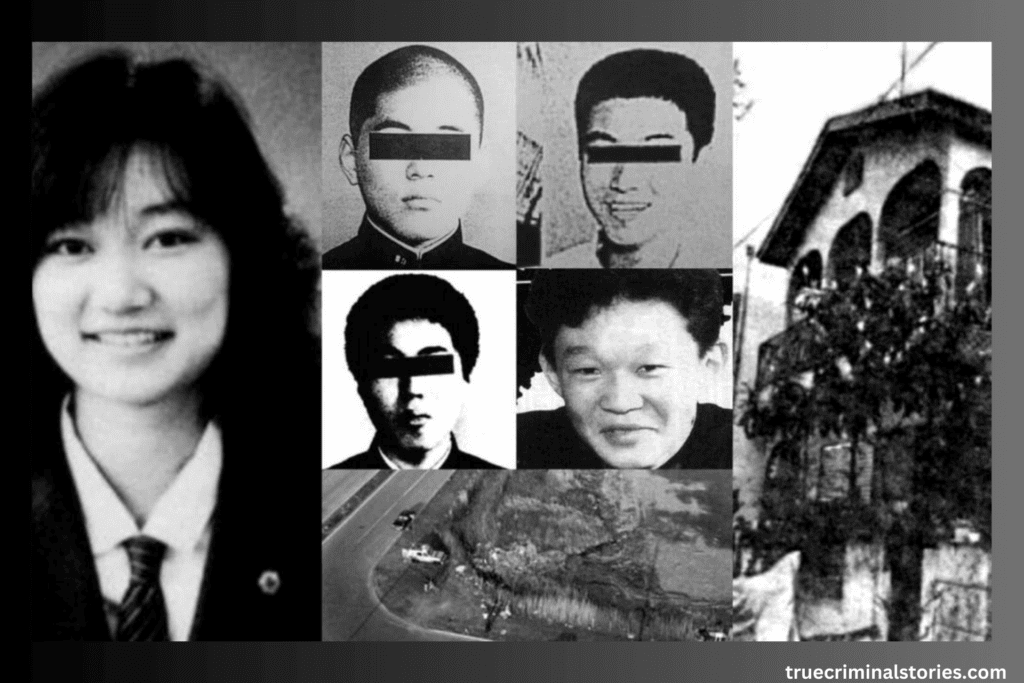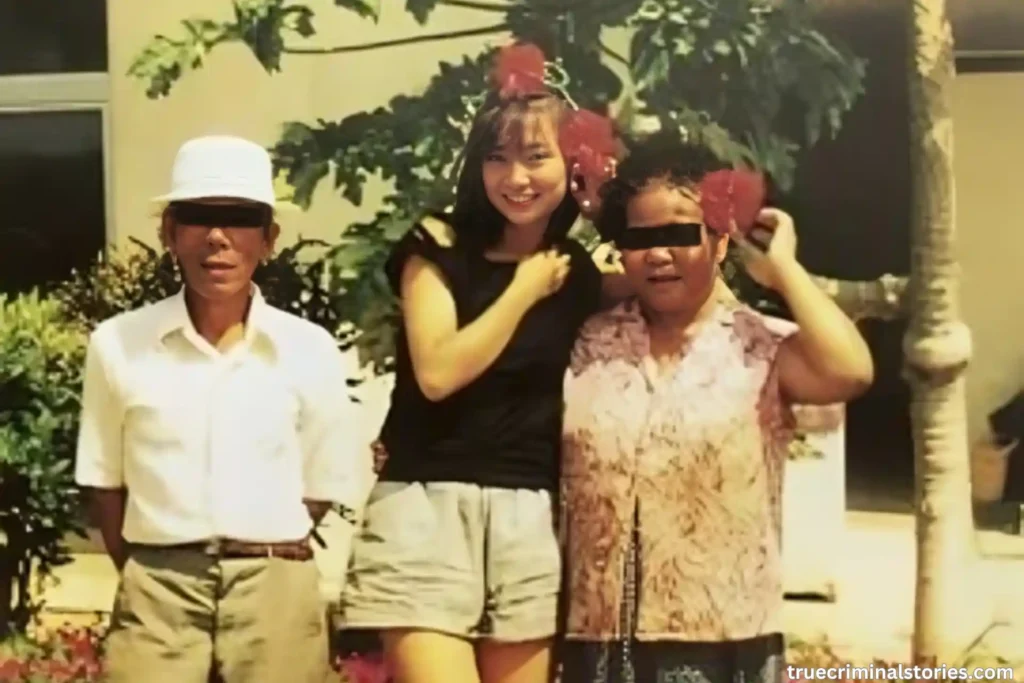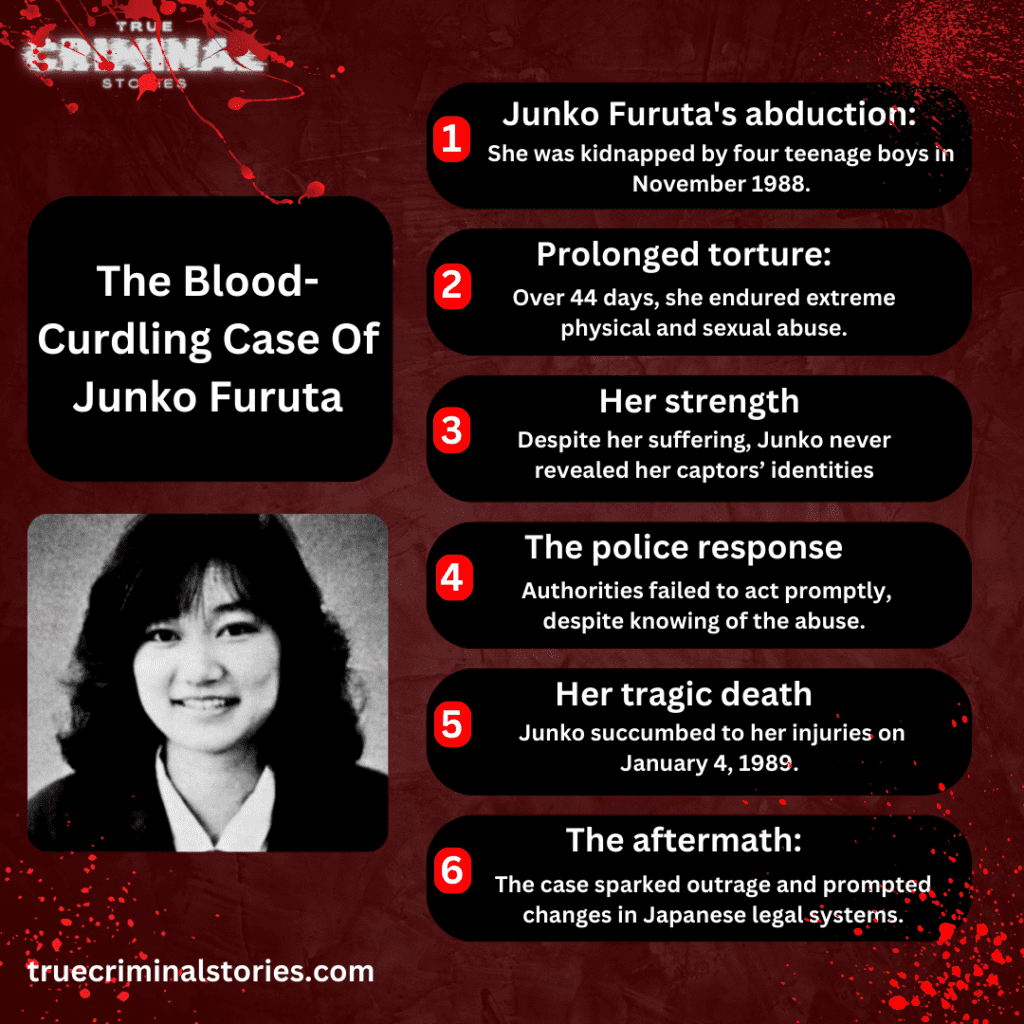The murder of Junko Furuta is one of the most horrific and tragic crimes in modern Japanese history. It depicts the story of a 17-year-old girl who was subjected to horrific abuse by four teenage boys for more than 40 days. Her tragic murder in 1989 stunned the world, and her story has served as a potent symbol of the justice system’s severe harshness and inadequacy. In this article, we’ll discuss the story of the Junko Furuta case and its sad aftermath.
Table of Contents
The Kidnapping and the Unthinkable Suffering
On November 25, 1988, Junko Furuta, a high school student from Japan’s Saitama Prefecture, was abducted while on her way home from work. Furuta was a model student, and her future appeared bright. However, her life was cruelly altered when she met Hiroshi Miyano, an 18-year-old member of a local gang. Miyano, who had a criminal record, was upset when Furuta declined his sexual advances. This set off a chain of events that led to her terrible abduction.
Miyano and his three buddies, Joji Obara, Yasushi Watanabe, and Shinji Minato, kidnapped Furuta and held her captive at a residence in Tokyo’s suburbs. Over the next 44 days, the four teens subjected her to unspeakable physical and psychological torment. Junko Furuta’s murder became a slow, torturous torture that resulted in her death.

The Excruciating Abuse and Torture
The savagery of the acts committed against Furuta is nearly incomprehensible. Furuta was gang-raped several times while in captivity, beaten with blunt objects, burned with cigarettes, and exposed to numerous sorts of physical torture. The attackers used metal rods, bottles, and even fire to inflict severe injuries on her with little concern for her safety. Furuta’s body gradually became a map of injuries, including shattered bones, burns, internal damage, and evidence of acute malnutrition.
Her physical pain was exacerbated by psychological torture. The attackers enjoyed abusing her and mocking her, frequently forcing her to commit humiliating acts. Furuta was kept in terrible hardship, with no food or medical treatment. She was also kept in a room and cut off from the outside world, unable to escape her captors’ brutal mistreatment.
Furuta’s brain size was most likely influenced by the extended agony and trauma she experienced. This physiological damage serves as a disturbing reminder of how severe abuse may alter both the body and the mind, with long-term consequences for a victim’s health.
The Final Days and Death of Junko Furuta
Junko Furuta died of injuries on January 4, 1989, following weeks of unrelenting torment. The cause of death was identified as a combination of shock, hemorrhaging, and internal injury. Fearing that their crime would be discovered, the group wrapped Furuta’s body in a blanket and placed it in a huge travel bag, which was then placed in a metal drum filled with wet concrete. On January 5, about 8:00 p.m., the gang drove to a vacant lot near a construction site on the island of Wakasu in Kōtō, Tokyo, and emptied the drum.
Junko Furuta’s body was discovered to be scarred, with the terrible marks of the assault she had suffered. After her death, the killers went about their everyday lives with complete disregard for her. They even disposed of her body in a way that demonstrated a complete lack of remorse for their conduct. The indifference with which they handled her pain and death added to the severity of the act.
Similar Cases
- Jonelle Matthews: The Cold Case That Shocked America
- Susana Morales: Abducted and Murdered by Stalker Cop
- Cherish Perrywinkle: Kidnapped from Walmart and Murdered
- Krystal Red: Unraveling the Scotland Yard Cold Case
Investigation, Arrests, and the Aftermath
The police investigation into the Junko Furuta case began after her body was discovered. Through witness accounts and forensic evidence, the four perpetrators were quickly identified. The public outrage over the case grew as details of the abuse began to emerge, sparking debates about youth crime, punishment, and justice in Japan.
Junko Furuta’s murder case sparked heated debate in the courts. In July 1990, the Tokyo District Court found all of them guilty. It sentenced them to prison for abduction for sexual assault, detention, rape, assault, murder, and abandoning a corpse.
- Hiroshi Miyano was originally convicted to 17 years in jail but was later re-sentenced to 20 years,[12] the harshest sentence normally given in Japan short of life imprisonment, as requested by the prosecution.
- Jo Ogura was sentenced to 5-10 years in jail. He was liberated in 1999 and changed his surname to “Kamisaku.”In 2004, Ogura was arrested for attacking Takatoshi Isono, an acquaintance with whom he believed his girlfriend was involved.
- Shinji Minato was first sentenced to five to six years in prison but was then sentenced to five to nine years. His parents and siblings were not charged. After being released in 1998, Shinji Minato moved in with his mother.
- Yasushi Watanabe was first sentenced to three to four years in prison but was then sentenced to five to seven years. He appealed the conviction to Japan’s Supreme Court, which was denied in July 1992.

Where is Junko Furuta’s Family Now?
Junko Furuta’s family suffered indescribable sadness after her terrible death. Her parents, particularly her mother, suffered greatly when they discovered the degree of torture their daughter had endured. The family has decided to stay private, avoiding public appearances and media attention as they deal with their devastating loss. According to reports, they continue to honor Junko’s memory, keeping her legacy alive while dealing with the long-term agony of her absence. The Furuta family has often been seen as a symbol of resilience in the face of tremendous loss, representing numerous families around the world who have experienced similar catastrophes.

What was Junko Furuta Brain Size?
Junko Furuta’s brain size reportedly shrunk as a result of the prolonged trauma she endured. The severe physical and psychological abuse, combined with hunger, most certainly resulted in considerable brain damage, including atrophy. This demonstrates the terrible effects that prolonged torture could have on both the body and the mind.
Junko Furuta Grave
Junko Furuta is buried in a cemetery in Saitama Prefecture, Japan. Her grave is a place of memorial for those who continue to grieve her death and honor her memory. Visitors often leave flowers, messages, and other marks of respect at her burial place to convey their sorrow and solidarity. Her burial has become a solemn reminder of the need for justice and cultural change, emphasizing the significance of safeguarding vulnerable people from abuse and violence.
Are Junko Furuta Killers Alive?
Yes, all four of Junko Furuta’s killers are still alive, having received comparatively short sentences for their heinous acts. The ringleader, Hiroshi Miyano, was released after serving his sentence and has reportedly returned to a life of crime. Jo Ogura, who also completed his jail time, has been arrested several times for violent offenses. Shinji Minato and Yasushi Watanabe, although major public scandals have reintegrated into society. Their release and subsequent activities have prompted an uproar, with many believing their sentences did not fully represent the gravity of their crimes. This lack of justice has fueled public debate about the necessity for stronger punishment in similar incidents.
Summary of Korean Junko Furuta Case
Here’s a visual summary of the major insights covered in this article:

Conclusion
Junko Furuta’s murder remains one of the most heinous murders in contemporary history. This tragedy illustrates the depths of human cruelty and the fragility of those who cannot defend themselves. Despite decades since her horrible death, the Junko Furuta case remains a sharp reminder of society’s failures to protect its most vulnerable citizens.
By honoring Junko Furuta, society respects her memory while expressing its commitment to justice, compassion, and protecting the innocent from such awful brutality. Her legacy, albeit being born out of tremendous anguish, should inspire action to prevent these crimes from occurring again and to ensure that no one suffers the same way she did.
Explore Krystal Red’s Unsolved Mystery, A case full of eerie twists and unanswered questions. Discover the chilling details investigators couldn’t crack. A crime story you can’t afford to miss!
FAQs
What was the cause of Junko Furuta’s death?
Junko Furuta died from shock, severe internal injuries, and malnutrition after enduring weeks of physical and psychological torture at the hands of her captors.
How did the Junko Furuta case impact Japan’s legal system?
The case led to public outrage and calls for reform in Japan’s juvenile justice system, as it highlighted the need for harsher punishment for extreme crimes committed by minors.
What is Junko Furuta’s legacy?
Junko Furuta’s legacy is a tragic reminder of the need for justice and the protection of vulnerable individuals. Her case has sparked ongoing discussions about juvenile crime, punishment, and victims’ rights.
Where is Junko Furuta’s story remembered?
Junko Furuta’s story is remembered through media coverage, documentaries, and public discussions. Her case is used as a catalyst for conversations about justice and the protection of children and young adults from violent crimes.
Where was the Junko Furuta crime scene located?
The Junko Furuta crime scene was a house in Tokyo’s suburbs, where she was held captive and subjected to severe torture for 44 days. The house showed signs of brutal abuse, with bloodstains and various objects used to harm her. This location serves as a haunting reminder of the unimaginable cruelty she endured.